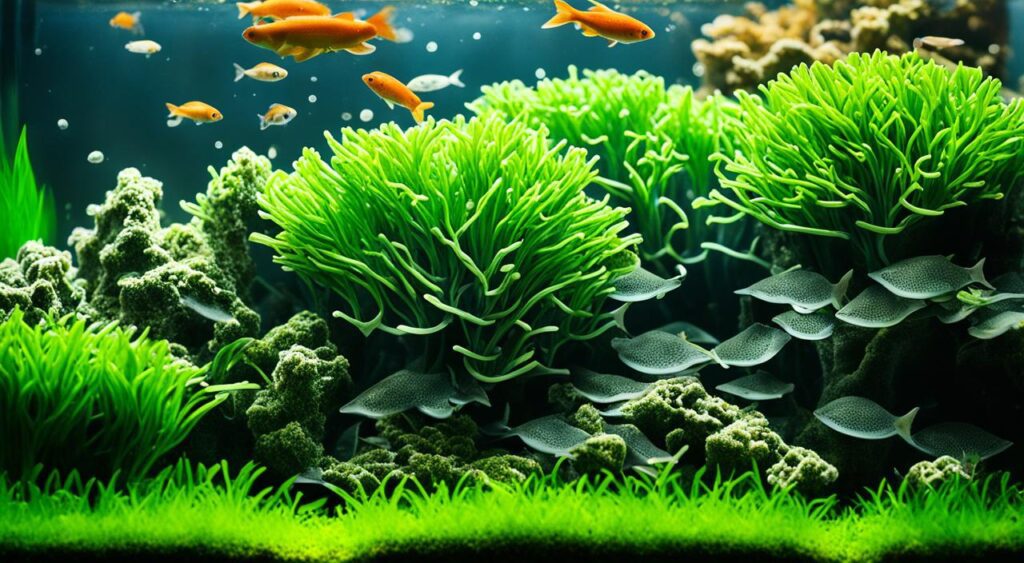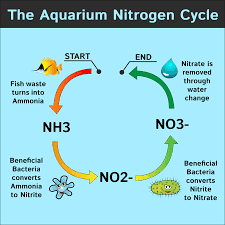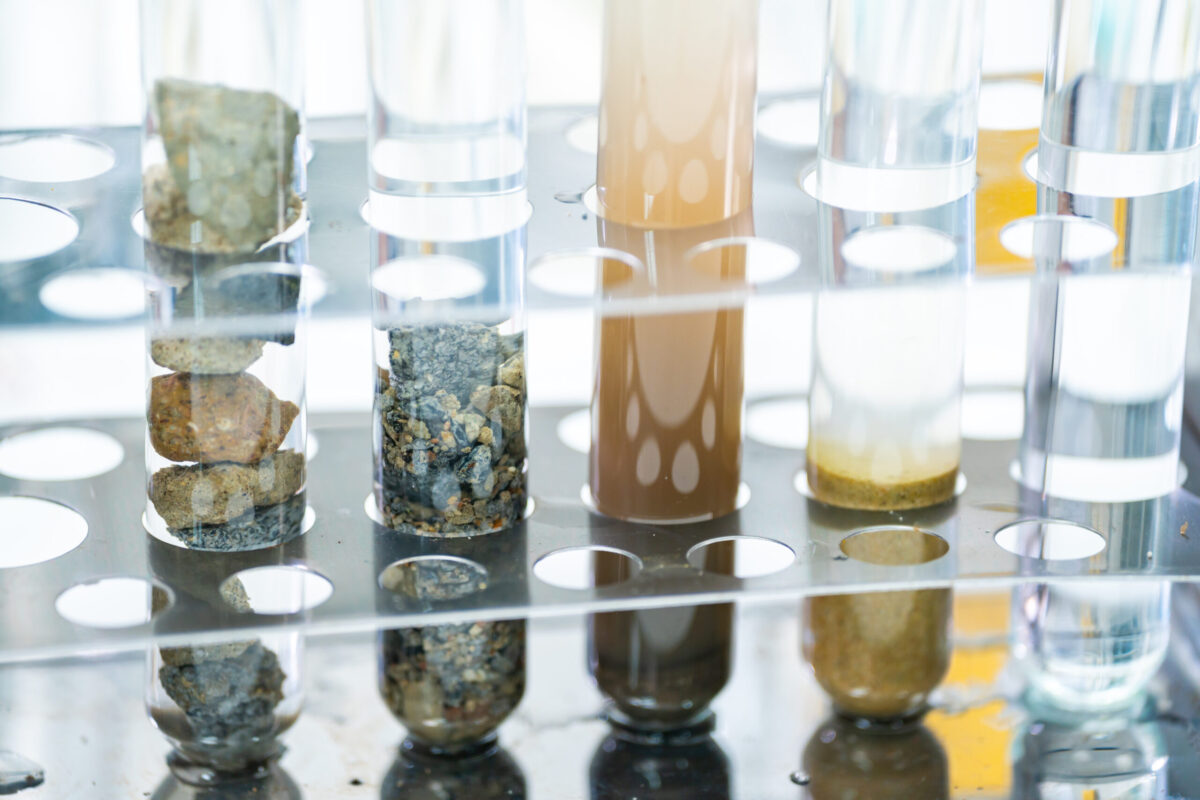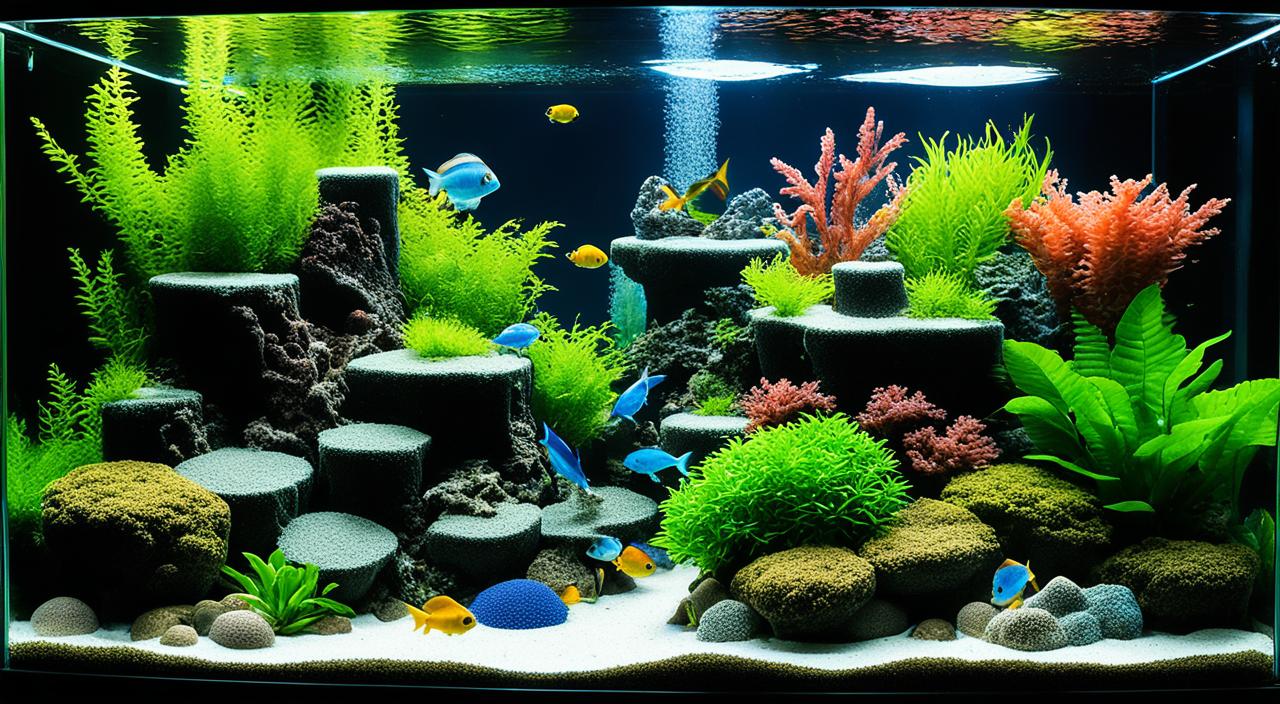Welcome to our comprehensive guide on bio media essentials for aquariums – essential for maintaining a healthy and balanced aquarium ecosystem. In this article, we will explore the role of bio media, its importance in sustaining ecosystem balance, the different types of aquarium filter media, the nitrification process, and the best bio media options for fish tanks.
So, whether you’re a seasoned aquarist or a beginner looking to set up your first aquarium, read on to discover the critical aspects of bio media and how it can contribute to the well-being of your aquatic inhabitants.
Key Takeaways:
- Bio media supports the growth of beneficial bacteria that aid in the nitrogen cycling process.
- It plays a vital role in sustaining ecosystem balance and promoting natural filtration.
- There are three main types of aquarium filter media: mechanical, biological, and chemical.
- The nitrification process converts harmful ammonia into less toxic nitrites and nitrates.
- Ceramic bio media and other biological filter media are popular choices for fish tanks.
- The Role of Bio Media for Aquariums in Sustaining Ecosystem Balance
- Navigating the Different Types of Aquarium Filter Media
- Understanding the Nitrification Process and Its Importance
- Best Bio Media for Fish Tanks: A Comparative Analysis
- The Importance of Biological Filter Media for Fish Tank Health
- Integrating Bio Media with Other Filtration Methods for Maximum Efficiency
- Conclusion
- FAQ
- Source Links
The Role of Bio Media for Aquariums in Sustaining Ecosystem Balance
Bio media plays a vital role in aquariums by sustaining ecosystem balance. It provides a substrate for beneficial bacteria to colonize, facilitating the conversion of harmful ammonia into less toxic nitrites and nitrates. This natural filtration process is essential for maintaining water quality and the overall health of the aquarium.
Bio media acts as a medium for organic waste removal and reduction of harmful substances in the water. It enables efficient bio-load management by offering a suitable environment for bacteria to thrive. The beneficial bacteria in bio media play a crucial role in breaking down waste and maintaining a healthy balance in the aquarium.
By promoting natural filtration processes, biomedia contributes to ecosystem stability in aquariums. It effectively removes organic waste and helps regulate water parameters, creating a healthy and stable environment for fish and other aquatic organisms to thrive.
Navigating the Different Types of Aquarium Filter Media
Understanding the different types of filter media available is essential for maintaining optimal water quality in your aquarium. There are three main categories of aquarium filter media: mechanical, biological, and chemical filtration.
Mechanical Filtration
Mechanical filtration is crucial in ensuring water clarity and oxygenation. This type of filtration removes visible debris and particles from the water, preventing them from clogging the system or affecting the tank’s aesthetics. Common mechanical filtration media include filter floss, sponges, and pads.
Biological Filtration Media
Biological filtration media are designed to support the growth of beneficial bacteria that convert harmful nitrogen compounds in the water. These bacteria play a vital role in the nitrogen cycle, breaking ammonia into less toxic nitrites and nitrates. Bio rings, ceramic bio media, and bio balls are commonly used biological filtration media.
Chemical Filtration
Chemical filtration utilizes materials such as activated carbon to remove impurities and toxins from the water. This type of filtration media effectively eliminates odours, discolouration, and various chemicals that can negatively impact water quality. Activated carbon cartridges and chemical filter pads are commonly used for chemical filtration.
Combining different types of filter media in your aquarium’s filtration system can provide comprehensive and efficient filtration. Mechanical filtration removes large particles, biological filtration supports the growth of beneficial bacteria, and chemical filtration removes impurities and toxins. It is important to choose appropriate media based on your aquarium’s specific needs and regularly maintain and replace them for optimal performance.

| Type of Filter Media | Function | Examples |
|---|---|---|
| Mechanical Filtration | Removes visible debris and particles from the water | Filter floss, sponges, pads |
| Biological Filtration | Supports growth of beneficial bacteria for nitrogen cycling | Bio rings, ceramic bio media, bio balls |
| Chemical Filtration | Removes impurities and toxins from the water | Activated carbon cartridges, chemical filter pads |
Understanding the Nitrification Process and Its Importance
The nitrification process is a crucial part of maintaining a healthy aquarium ecosystem. It involves the breakdown of ammonia, a harmful compound produced by fish waste and decaying organic matter, into less toxic nitrites and nitrates. This breakdown is facilitated by nitrifying bacteria colonising the aquarium filter’s bio media.
Ammonia breakdown is a vital step in the nitrogen cycling process. Without it, ammonia levels would rise to toxic levels, endangering the health of aquarium inhabitants.
These nitrifying bacteria, namely Nitrosomonas and Nitrobacter, convert ammonia into nitrites and nitrates. Nitrites are also toxic to fish but are less harmful than ammonia. Finally, relatively non-toxic nitrates are consumed by plants or removed through water changes.
Adequate oxygen levels are crucial for the growth and activity of these beneficial nitrifying bacteria. The bio media in the aquarium filter provides them with a surface area to colonize and thrive. As water passes through the filter, it comes into contact with the bio media, allowing the bacteria to remove ammonia and maintain water quality.
The image below illustrates the ammonia breakdown and nitrogen cycling process:

A thorough understanding of nitrification is essential for any aquarist looking to maintain a healthy and balanced aquarium. By ensuring proper bio media selection and maintenance, aquarists can support the growth and activity of beneficial nitrifying bacteria, ensuring the breakdown of ammonia and the overall health of their aquarium inhabitants.
Best Bio Media for Fish Tanks: A Comparative Analysis
Choosing the suitable bio media for fish tanks is crucial for ensuring optimal filtration and maintaining high water quality. Different types of biological filter media offer various benefits and characteristics that can impact the overall functionality of an aquarium’s filtration system.
Ceramic bio media is a popular choice among aquarists due to its porous structure, which provides a large surface area for colonising beneficial bacteria. The interconnected pores within ceramic biomedia create an ideal habitat for these bacteria to thrive and break down harmful ammonia and other nitrogenous compounds. This improves water quality and promotes a healthier environment for fish and aquatic inhabitants.
Other options are available for biological filtration in fish tanks besides ceramic bio media. Bio balls are commonly used and provide a surface area for beneficial bacteria growth. They are typically lightweight and durable, making them easy to handle and maintain. Another option is porous media, which includes materials like foam and sponge. These also offer effective biofiltration capabilities and foster the growth of beneficial bacteria.
A comparative analysis of the different bio-media options can help aquarists make informed decisions based on their needs and preferences. Factors to consider include the size and design of the bio media, the amount of surface area it provides for bacterial colonization, and its compatibility with the aquarium’s filtration system. Aquarists can evaluate the pros and cons of each type of bio media to determine the best option for their fish tank.
Aquarists can ensure efficient biological filtration and maintain a healthy and thriving aquatic environment by selecting the best bio media for their fish tanks.
The Importance of Biological Filter Media for Fish Tank Health
Biological filter media play a crucial role in maintaining the health of fish tanks. These media provide a suitable environment for beneficial bacteria to grow and thrive, ensuring effective biofiltration and cleaner water.
When it comes to choosing suitable biological filtration media, there are a few options commonly used in fish tanks. Two popular choices are bio rings and bio pellets.
Bio rings are porous rings made from materials such as ceramic or volcanic rock. Their porous structure provides a large surface area for beneficial bacteria colonization. This increases bacteria growth and activity, resulting in the efficient breakdown of harmful substances in the water.
Bio pellets: These are small, round pellets made from biodegradable materials. They serve as a substrate for beneficial bacteria to colonize and grow. The pellets provide a controlled environment for bacterial growth, ensuring consistent biofiltration and improved water quality.
Retrofitting established tanks with new bio-media solutions like bio rings or pellets can significantly improve filtration efficiency and water quality. This can be particularly beneficial for tanks struggling with water clarity or excessive levels of ammonia and nitrates.
Integrating Bio Media with Other Filtration Methods for Maximum Efficiency
Integrating bio media with other filtration methods can significantly enhance the overall efficiency of your aquarium’s filtration system. By combining mechanical, biological, and chemical filtration, you can create a comprehensive filtration system that effectively removes debris, supports the growth of beneficial bacteria, and eliminates harmful toxins from the water.
One example of bio media that can be successfully used alongside other filtration methods is fish tank bio balls. These bio balls provide an ideal environment for colonization by beneficial bacteria, allowing them to break down harmful substances and maintain a healthy aquarium ecosystem.
When integrating bio media with other filtration methods, it’s essential to consider your aquarium’s specific needs. Different biomedia options may offer varying levels of surface area and porosity, which can affect their effectiveness in supporting bacterial growth and promoting efficient filtration.
By incorporating bio media into your aquarium’s filtration system, you can maximize filtration efficiency and ensure your aquatic inhabitants’ overall health and well-being. Remember to choose bio media compatible with your existing filtration system and provide optimal conditions for beneficial bacteria to thrive.
| Bio Media | Features | Benefits |
|---|---|---|
| Ceramic Bio Media | Porous structure with a large surface area | Allows for beneficial bacteria colonization and efficient biofiltration |
| Bio Balls | Durable and reusable | It provides a large area for beneficial bacteria to grow and aids in effective waste breakdown |
| Porous Media | Highly porous structure | Provides a large area for beneficial bacteria to grow and aids in effective waste breakdown |
Integrating bio media with other filtration methods is crucial in maintaining a clean and healthy aquarium environment. By harnessing the power of beneficial bacteria and combining different types of filtration, you can ensure that your aquarium’s water remains clear and free from harmful substances.
Conclusion
Creating a sustainable aquarium ecosystem requires bio media, which plays a vital role in supporting the growth of beneficial bacteria. These bacteria break down waste and convert harmful compounds, such as ammonia, into less toxic substances. By promoting the colonization of beneficial bacteria, bio media aids waste decomposition and improves water quality.
Furthermore, bio media contributes to oxygen generation in the water, creating a healthier environment for aquatic inhabitants. By understanding the different types of aquarium filter media and their roles, aquarists can tailor their filtration system to meet the specific needs of their tank and ensure the well-being of their fish and other aquatic organisms.
Remember, maintaining a well-balanced filtration system is essential for sustainable aquariums. It involves integrating mechanical, biological, and chemical filtration methods to effectively remove debris, support beneficial bacteria growth, and remove toxins from the water. Aquarists can create a thriving and healthy aquatic ecosystem by prioritizing biomedia and its ability to support beneficial bacteria.


